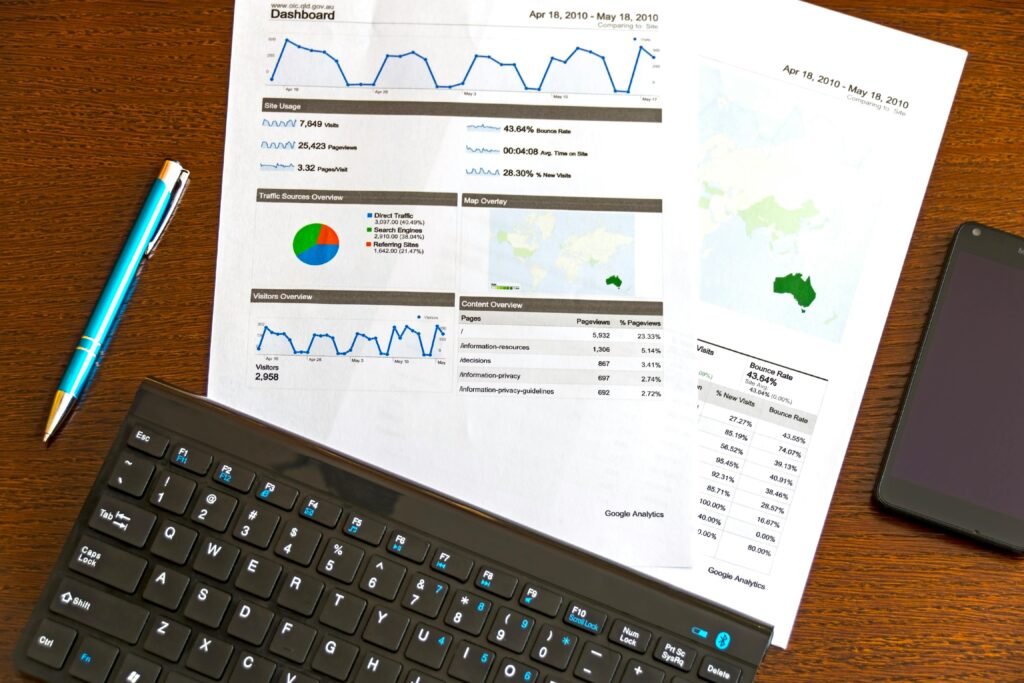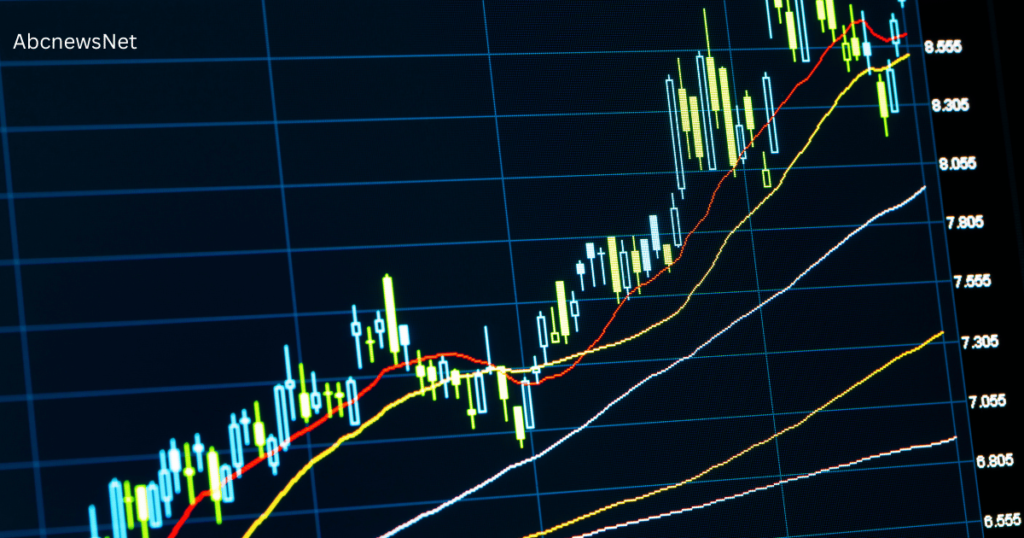When you step into the world of trading, you may come across the term “trading tick.” This is an important concept for traders. It helps them analyze price movements in financial markets. Whether you trade stocks, forex, or commodities, understanding trading ticks can make a difference in your success.
This article will explain what a trading tick is, how it works, and why it matters. Let’s dive in.

What is a Trading Tick?
A trading tick refers to the smallest price movement that an asset can make. For example, if a stock’s price moves from $10.00 to $10.01, that one-cent change is a tick. Every financial market has its own tick size.
Ticks are important because they show price direction. Traders use ticks to see if the price is going up or down. This helps them decide when to buy or sell.
How Does Tick Size Work?
Tick size is the minimum price change allowed for a specific asset. It is set by the exchange where the asset is traded.
Here’s a quick example:
| Market | Asset | Tick Size |
|---|---|---|
| Stock Market | Stocks | $0.01 |
| Futures Market | Gold | $0.10 |
| Forex Market | Currency Pairs | 0.0001 |
For stocks in the U.S., the tick size is usually $0.01. In forex, it is often 0.0001, also called a pip.
Types of Trading Ticks
There are two types of ticks in trading:
- Uptick: When the price of an asset moves up compared to its last trade.
- Downtick: When the price moves down compared to its last trade.
Knowing the type of tick helps traders understand the market sentiment.

Why Are Trading Ticks Important?
Ticks provide real-time insights into the market. They show the smallest price movements, helping traders identify trends. Here’s why ticks matter:
- Better Decision-Making: Ticks show if buyers or sellers are in control.
- Timing Trades: Understanding ticks can help you enter or exit trades at the right moment.
- Risk Management: Small price movements help traders set stop-loss orders effectively.
Trading Ticks in Different Markets
Trading ticks vary across markets. Here’s a brief overview:
Stock Market
In stock trading, tick size is usually $0.01. A stock priced at $50 can move to $50.01 or $49.99 in one tick.
Futures Market
Tick sizes in futures trading depend on the asset. For instance, gold futures have a tick size of $0.10. If gold is trading at $1,800.00, the next price could be $1,800.10.
Forex Market
In forex, the tick size is called a pip, which is usually 0.0001. For example, if EUR/USD moves from 1.1000 to 1.1001, that’s one pip.
How to Use Trading Ticks in Your Strategy
- Monitor Tick Charts: Use charts to track price movements in real time. Tick charts display every trade, making them ideal for short-term traders.
- Analyze Volume: Combine ticks with volume data to see the strength of price movements.
- Set Stop-Loss Levels: Use tick sizes to set precise stop-loss orders and minimize risks.
Tips for Beginners
- Start with a demo account to practice analyzing tick movements.
- Focus on one market at a time to avoid confusion.
- Use reliable charting tools to track ticks.
Frequently Asked Questions (FAQs)
Q: What is the difference between a tick and a pip?
A: A tick refers to the smallest price movement in general, while a pip is specific to forex trading.
Q: Are tick charts better than time-based charts?
A: Tick charts are better for short-term traders because they show every trade. Time-based charts show data over fixed intervals, like 1 minute or 1 hour.
Q: Can beginners use tick charts?
A: Yes, but they may find it overwhelming. It’s better to start with time-based charts and gradually explore tick charts.
Q: How do I calculate tick value in futures trading?
A: Multiply the tick size by the contract size. For example, if the tick size is $0.10 and the contract size is 100, the tick value is $10.
Conclusion
Trading ticks may seem like a small detail, but they are powerful tools. They provide valuable information about price movements and market trends. By understanding ticks, you can improve your trading decisions and manage risks effectively.
Remember to practice and stay patient. Over time, you’ll get better at using trading ticks in your strategies.
With this beginner-friendly guide, you now have a solid understanding of trading ticks. Start applying this knowledge in your trading journey today!

